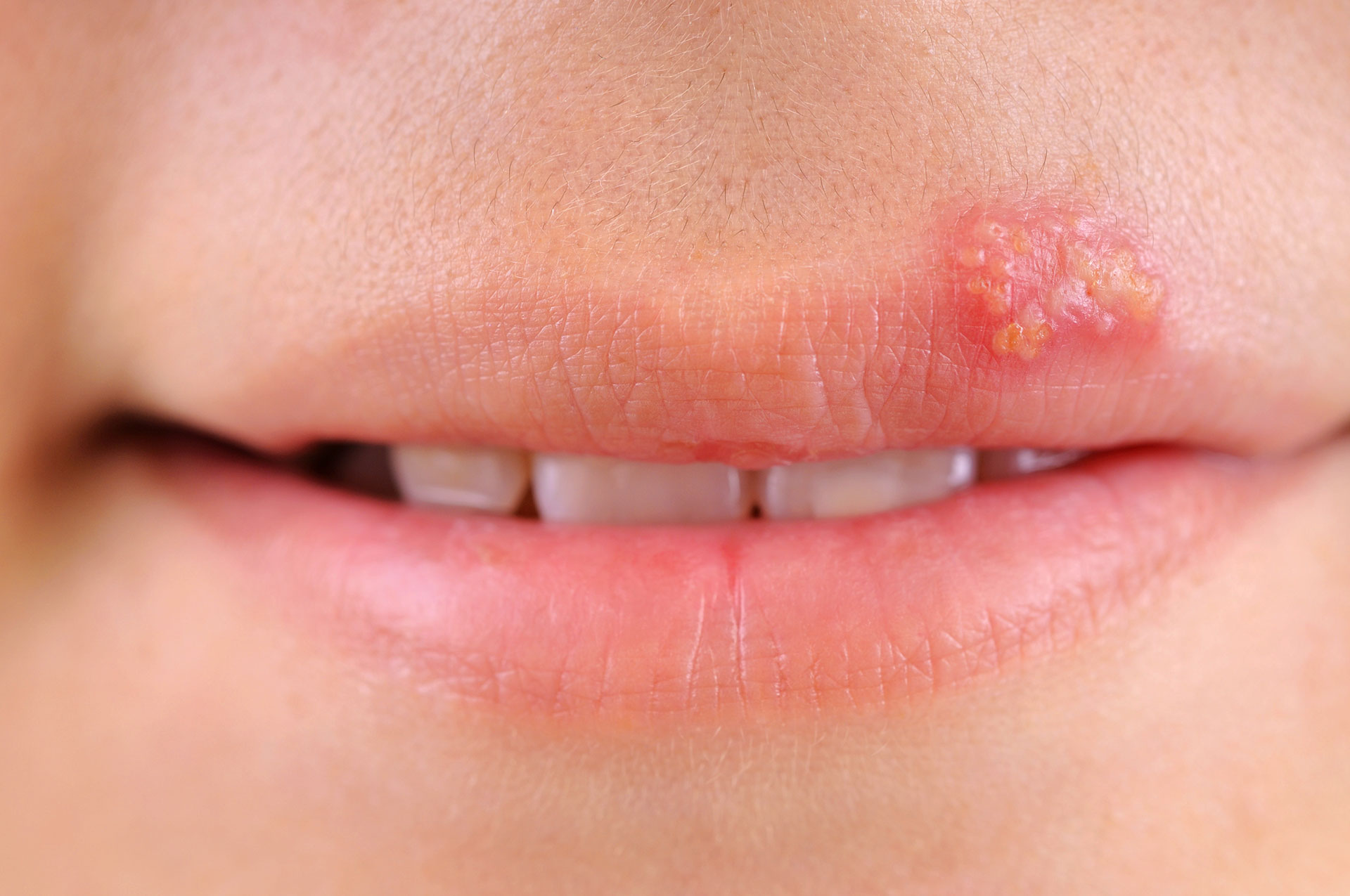Herpes Simplex Virus (HSV) types 1 and 2 are incredibly common, affecting billions of people worldwide. While often mild, understanding these viruses and their interaction with our immune system is key to managing their impact. Global Reach of HSV HSV-1 and HSV-2 are highly prevalent human pathogens. It's estimated that in 2016, approximately 3.7 billion …
Herpes Simplex Virus (HSV) types 1 and 2 are incredibly common, affecting billions of people worldwide. While often mild, understanding these viruses and their interaction with our immune system is key to managing their impact.
Global Reach of HSV
HSV-1 and HSV-2 are highly prevalent human pathogens. It’s estimated that in 2016, approximately 3.7 billion people globally were seropositive for HSV-1 (meaning they had antibodies indicating past exposure), and nearly 500 million for HSV-2.
- HSV-1: Most commonly acquired early in life through oral contact, often leading to orolabial herpes (cold sores).
- HSV-2: Typically acquired later in life through sexual transmission, primarily causing genital herpes.
Once infected, the virus remains in the body for life. Interestingly, infection with one HSV type usually provides immunity against re-infection with the same serotype, but not against the other type.
From Asymptomatic to Severe: The Spectrum of HSV Disease
The outcome of HSV infection can range from asymptomatic (no symptoms) to mild, or in some cases, life-threatening. For most individuals with healthy immune systems, HSV causes mild, self-resolving conditions.
However, HSV infection can also lead to significant illness and even mortality in certain individuals, for reasons that are not yet fully understood. Diseases caused by HSV include:
- Cold sores (orolabial herpes)
- Genital herpes
- Herpes stromal keratitis (HSK): Affecting the eye
- Eczema herpeticum
- Disseminated disease in neonates: A severe, widespread infection in newborns
- Meningitis: Inflammation of the membranes surrounding the brain and spinal cord
- Herpes simplex encephalitis (HSE): A serious brain infection
The Critical Role of the Immune System
The interaction between HSV and the host, particularly the immune system, largely determines the outcome of an infection.
- Genetic Factors: Defects in intrinsic and innate defense mechanisms, especially in the central nervous system (CNS), are linked to a higher risk of developing severe conditions like HSE.
- T-cell Immunity: Individuals with weakened T-cell immunity are more susceptible to recurrent meningitis, pneumonitis, and hepatitis.
- Neonatal Vulnerability: Newborns are particularly vulnerable to aggressive HSV infections due to their immature immune systems. Untreated neonatal infections can lead to systemic viral dissemination with high rates of mortality and morbidity.
- HSV-1 and Alzheimer’s Disease: Several reports suggest a link between HSV-1 infection and Alzheimer’s disease (AD), particularly in individuals who carry the apolipoprotein E $varepsilon$4 (APOE4) allele.
These observations highlight that both the innate (first-line) and adaptive (more specific, long-lasting) immune responses are fundamental in controlling HSV infection and reducing severe disease. They also show that genetic variations in individuals can account for some of the most severe forms of the disease.
HSV’s Evasion Strategies
On the other hand, HSV is exceptionally well-equipped with virulence factors that allow it to modulate and evade the host’s immune response. This sophisticated evasion can make it challenging for the body to clear the infection.
When the Immune Response Contributes to Pathogenesis
Interestingly, an excessive and uncontrolled immune response can also contribute to disease, as observed in conditions like HSK, where immune-mediated inflammation can cause damage to the eye.
Moving Forward
Ongoing research into HSV and its intricate dance with the human immune system is crucial for developing better treatments, prevention strategies, and ultimately, improving the lives of those affected by these ubiquitous viruses.








